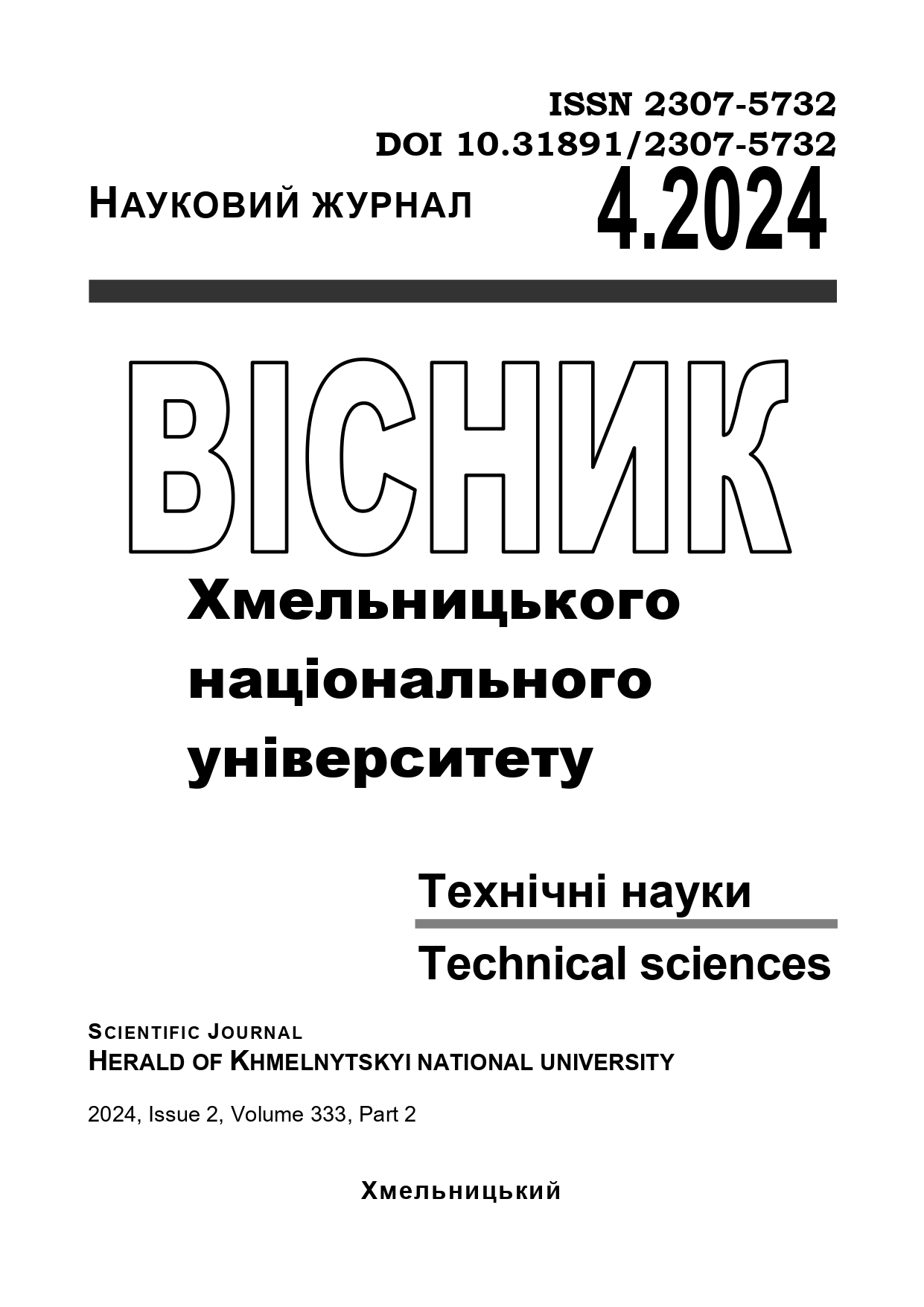GLUTEN-FREE BREAD BASED ON RICE FLOUR WITH MATCHA TEA ADDITION
DOI:
https://doi.org/10.31891/2307-5732-2024-339-4-9Keywords:
gluten-free bread, rice flour, мatcha tea, organoleptic indicators, physical and chemical propertiesAbstract
The variety and number of gluten-free bakery products available on the market compared to wheat flour products is much smaller. Currently, there are various options where gluten-free cereals are uses as the main ingredients: millet, rice, corn and pseudocereal crops: quinoa, amaranth. Rice flour has a neutral taste, keeps well and is the most popular gluten-free alternative to wheat flour. For people with gluten intolerance, rice flour is safe for consumption. The paper examines the effect of Matcha tea as an additive on the organoleptic and physicochemical parameters of gluten-free bread based on rice flour. The latter partially replaced by мatcha tea at the stage of kneading the dough. The organoleptic evaluation established that the addition of мatcha tea has the greatest effect on such indicators: color, taste, smell. With мatcha tea content of 1.0 and 2.0% (wt.) of rice flour, a pleasant aroma and aftertaste of green tea felt in the tested bread samples, with a content of 3.0% (wt.) of rice flour – a bitter aftertaste. As the content of мatcha tea increases, bread samples acquire a color with shades of green: from a noticeable greenish to dark green. All studied samples of gluten-free bread based on rice flour with the addition of мatcha tea according to such indicators as: porosity, moisture, acidity meet the standard requirements. Porosity is the best in the bread sample with мatcha tea content of 2% (wt.) from rice flour, the value of which is ≈40 %. Recommended to add мatcha tea to gluten-free bread based on rice flour in quantity 1-2% (by weight) of the flour. This allows reduce of the energy value of such products to some extent and enrich them with dietary fibers. The production of the proposed bread samples will provide an opportunity to expand the range of bakery products in general, as well as to diversify of gluten-free bread products.

